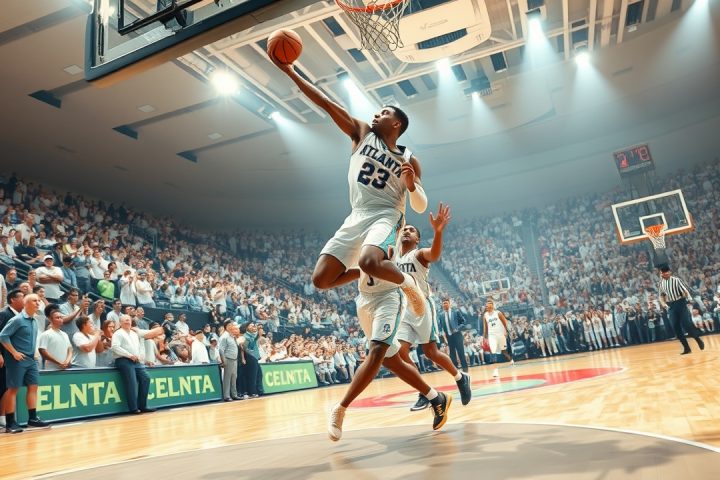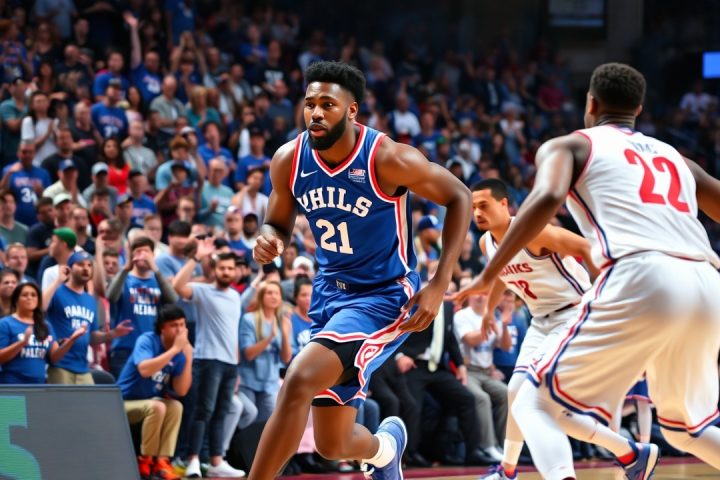Struggling with Sleep
As night fell one recent evening, I found myself unable to drift off to sleep, even after struggling through an entire week with minimal rest. I felt drained and unfocused, akin to a walking zombie, yet my mind would not quiet down. Each minute stretched into what felt like an eternity, bringing with it a sense of anxiety over the prospect of another sleepless night.
The Importance of Sleep in Sports
At Peak, discussions often center around the enhancements in performance for athletes and coaches, a subject that underscores the paramount importance of adequate rest. Despite this recognition, achieving good sleep can still pose a challenge. Notably, retired NBA star Andre Iguodala has spoken about his reliance on extended naps due to post-game adrenaline hindering his ability to sleep. Similarly, golfers Jason Day and Bubba Watson have openly shared their own battle with sleeplessness, while Olympic gymnast Aly Raisman has credited her insomnia to anxious thoughts and overthinking.
Insights from Dr. Chris Winter
These reflections on my own sleep issues led me to ponder: how do professional athletes tackle their own sleep struggles? In search of answers, I reached out to Dr. Chris Winter, a specialist in sleep medicine who has worked with various elite sports teams, including the Oklahoma City Thunder as they pursue an NBA championship. During our conversation, I explained my predicament; he responded with an encouraging,
“OK!”
However, as he elaborated, I grasped the deeper nuances of the matter.
Dr. Winter highlighted that as more organizations focus on the significance of sleep, they inadvertently elevate the pressure on players concerning their rest patterns.
“It’s really about managing your expectations of sleep rather than merely the act of sleeping itself,”
he explained. He pointed out that this phenomenon affects more athletes than one might guess. Our awareness of sleep’s importance often leaves us anxious when we experience disruptions in our rest.
Practical Techniques for Better Sleep
While Winter acknowledges the benefits of some typical sleep tips—like creating an optimal sleep environment and engaging in relaxing pre-sleep activities—he cautions against becoming overly fixated on achieving sleep, as this can create further anxiety. He shared a story about a player from the San Francisco Giants who bemoaned a sleepless night due to parental responsibilities but still went on to excel in a game, hitting two home runs.
The crux of Winter’s message is that the root issue often lies in our expectations regarding sleep, rather than the quantity of rest itself. He offered a relatable analogy, saying one wouldn’t consult a doctor after missing a single meal; yet, we often fixate on our sleep performance—an equally normal occurrence.
Eager to glean practical techniques, I asked Winter for concrete advice on breaking the cycle of tossing and turning. He suggested the innovative use of a device called the “Muse,” a brain-sensing headband that allows users to monitor brain activity during meditation and sleep. One female WNBA player using the device discovered that her brain patterns were notably more relaxed when trying to sleep. Her visualization of shooting free throws in an empty gym provided her a comforting mental anchor.
Winter suggests that, while not everyone will invest in high-tech devices, finding personal comfort—through nostalgic imagery or familiar activities—can facilitate relaxation. He emphasized,
“Being awake and engaged in a meditative state can be as restorative as actual sleep.”
This challenges the common benchmark of falling asleep quickly, advocating instead for a more gentle approach to relaxation.
Encouragement for Athletes
With the Oklahoma City Thunder currently competing in the NBA Finals, Winter advised their players against feeling pressured to switch off their thoughts. He reassured them that not achieving perfect sleep wouldn’t spell disaster for their performance. Encouraging them to prioritize consistency, he recommends minimizing time spent in bed outside of sleeping and avoiding the use of screens that emit blue light before sleep.
For those still grappling with sleep issues, Winter proposes tracking sleep patterns over time. By documenting sleep times, wakes, and naps, and then averaging this data out over several weeks, individuals can identify patterns and make necessary adjustments. He stresses the importance of a fixed morning wake-up time, which conditions the brain to prepare for sleep, enhancing the body’s circadian rhythms.
Conclusion
Although much of this advice may seem rudimentary, Winter reassures that simple reminders can be transformative for the athletes he advises. Since speaking with him, I’ve noticed a slight improvement in my own sleep quality—not radical, but enough to instill more confidence in my evening routine. One night, I engaged my imagination, recalling pleasant memories of foraging for berries at my great-grandmother’s house in Pennsylvania, which surprisingly helped me find rest.
Ultimately, Winter’s insights have alleviated my anxieties about not sleeping well, reminding me that worrying doesn’t aid the process. Instead, he encourages a more relaxed and less self-critical approach to those restless nights.




